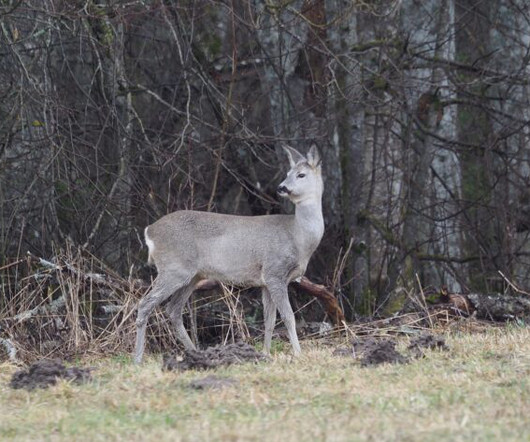Fur and Fangs rather than Feathers and Beaks
10,000 Birds
JANUARY 19, 2024
Memorable encounters with Mammals Part II It’s generally reckoned that there are more deer in Britain today than there were in the Middle Ages, a fact that is almost certainly true. It’s a common mammal in the countryside around my home, and I see them frequently. Rather more are killed in collisions with cars.













Let's personalize your content